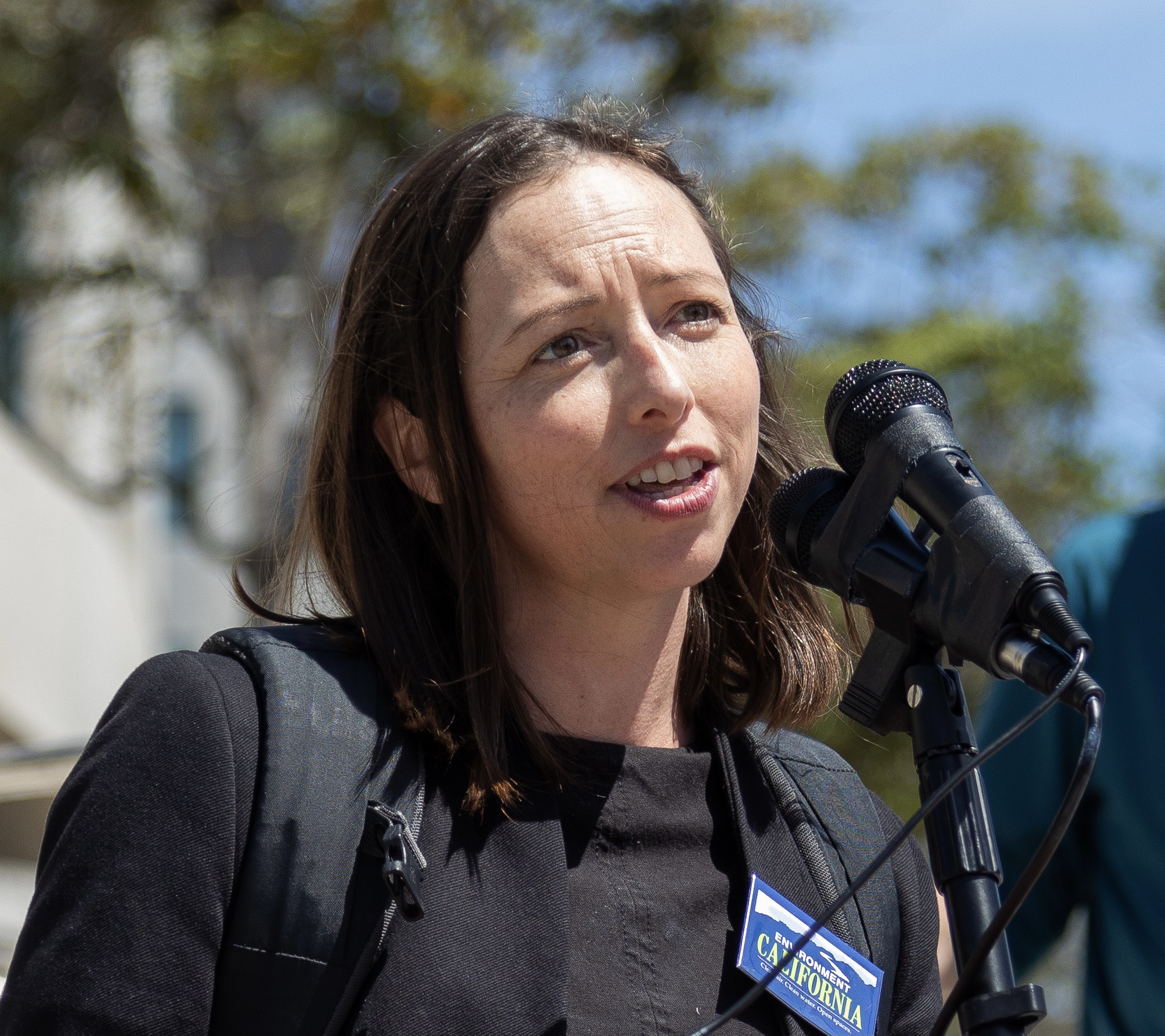
Rooftop Solar at Risk
Cuts to net metering could threaten California's solar progress
California’s ambitious climate and clean energy goals depend on steady growth in rooftop solar power. Utilities, however, are pushing for dramatic reductions in compensation to solar customers that could disrupt that growth – cuts similar to those that have triggered dramatic declines in solar installations in other states. To avoid a “solar cliff,” California must learn from those cautionary examples and adopt policies that provide a solid foundation for future growth in rooftop solar.
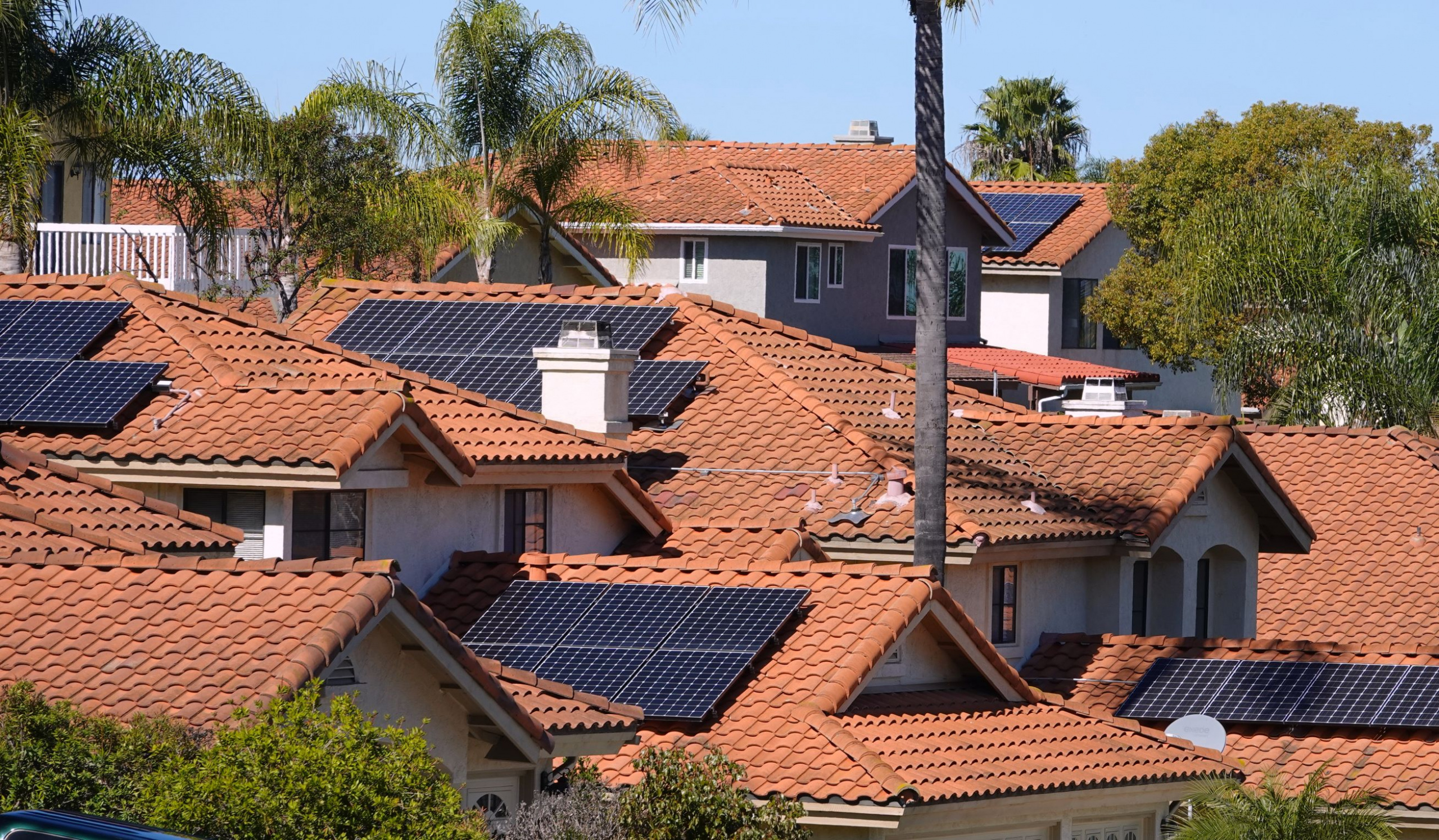
Downloads
Rooftop solar power is an essential tool for California to meet its ambitious climate and clean energy goals. California has become the nation’s solar energy leader by adopting policies that have nurtured and grown the state’s market for distributed solar panels on homes and businesses consistently, year after year.
Today, however, utilities and their allies are pushing for major rollbacks to the state’s key policy for compensating solar panel owners for the surplus energy they share back to the electric grid – called “net metering.” Such a rollback would likely slow down rooftop solar adoption dramatically, threatening California’s continued clean energy progress.
Evidence from California and around the United States shows that the pace of solar adoption is dependent on the level of compensation provided to solar panel owners. The case studies in this report, taken from states from Hawaii to Missouri and from across California, show that policy changes like sharply reducing net metering payments and imposing high, solar-only fixed charges that reduce the economic viability of solar power can slow its growth – and, in the most extreme cases, can cause solar installations to plummet.
California cannot afford a “solar cliff” and still meet its climate and energy goals. The California Public Utilities Commission (CPUC) must adopt an approach to net metering (NEM 3.0) that facilitates the continued growth of rooftop solar power.
California needs rooftop solar to meet its ambitious climate and energy goals.
- California has committed to achieving 60% renewable electricity by 2030 and 100% clean, zero-carbon electricity by 2045.
- Modeling conducted for the state of California assumes that, to meet those goals, California will need to continue to add nearly as much rooftop solar as we currently do, every year through 2045.[1]
Figure ES-1. Historical and projected customer-sited solar in California[2]
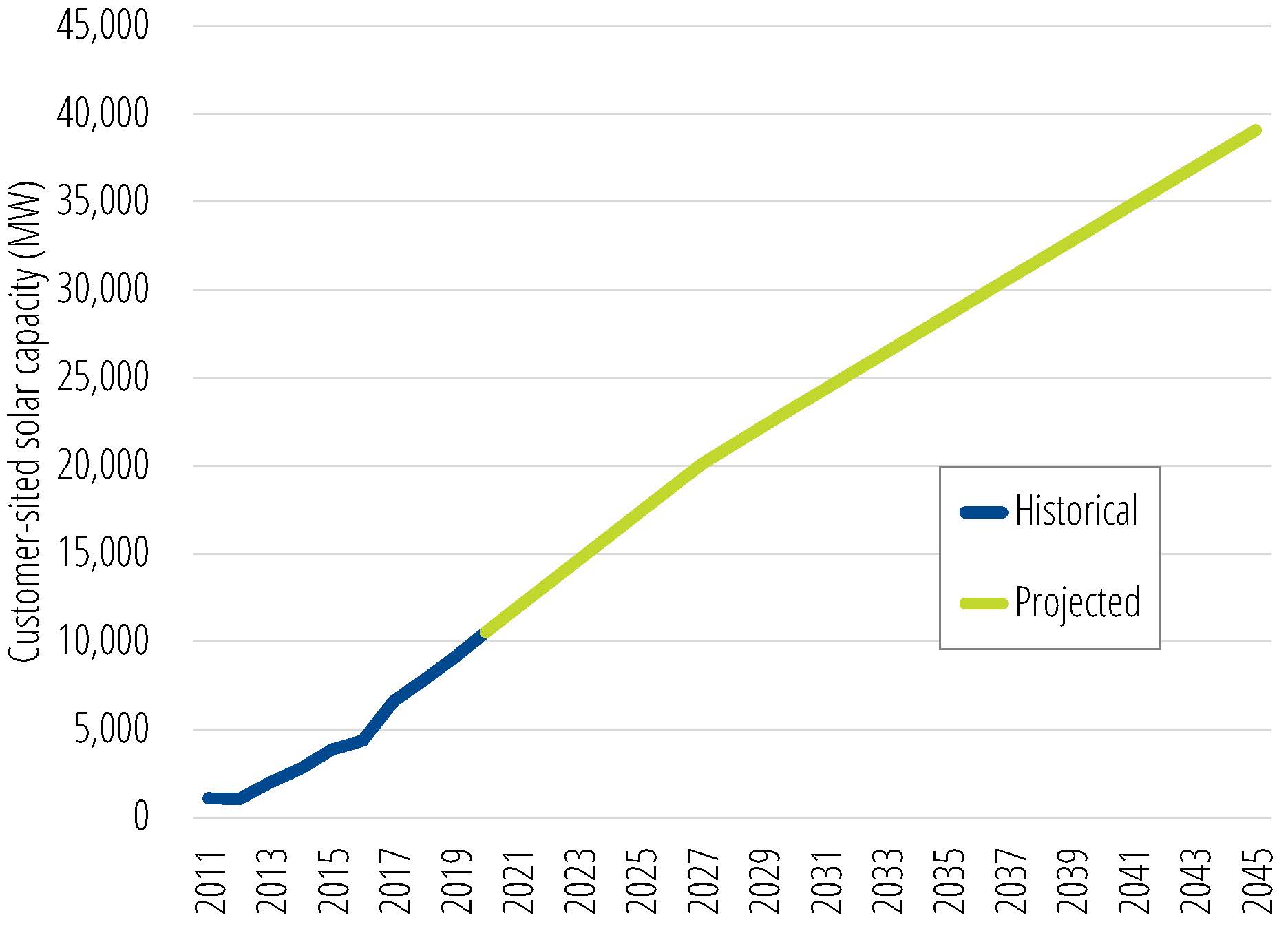
- Rooftop solar is a uniquely powerful and beneficial way to reach California’s clean energy goals – reducing conflicts between land preservation and renewable energy production, reducing the need for expensive long-distance transmission infrastructure, and helping to build an electricity system more resilient to wildfires and other climate-related disasters.[3]
California’s strong and consistent net metering policies have helped facilitate the growth of solar energy.
- California is the nation’s rooftop solar energy leader. As of the end of 2020, California had 38% of the nation’s small-scale solar photovoltaic (PV) capacity despite accounting for less than 7% of the nation’s electricity consumption.[4]
- California has adopted a series of policies to encourage the growth of rooftop solar, from the Million Solar Roofs program adopted in 2006 to the state’s net energy metering (NEM) 1.0 and 2.0 policies. Net metering has enabled distributed solar customers to be compensated at the retail rate for the surplus electricity they supply to the grid.
- Electricity bill savings are the most important source of value for California homeowners and businesses who “go solar.”[5] Net metering is a critical determinant of the amount of money solar panel owners will save on their electricity bills.
- California’s three investor-owned utilities – those governed by the state’s net metering policies – have experienced steady, consistent growth in customer solar adoption (see Figure ES-2), making them the top three utility territories in the nation for rooftop solar.
Figure ES-2. Increase in net metered residential solar capacity, preceding 12 months, California IOUs [6]
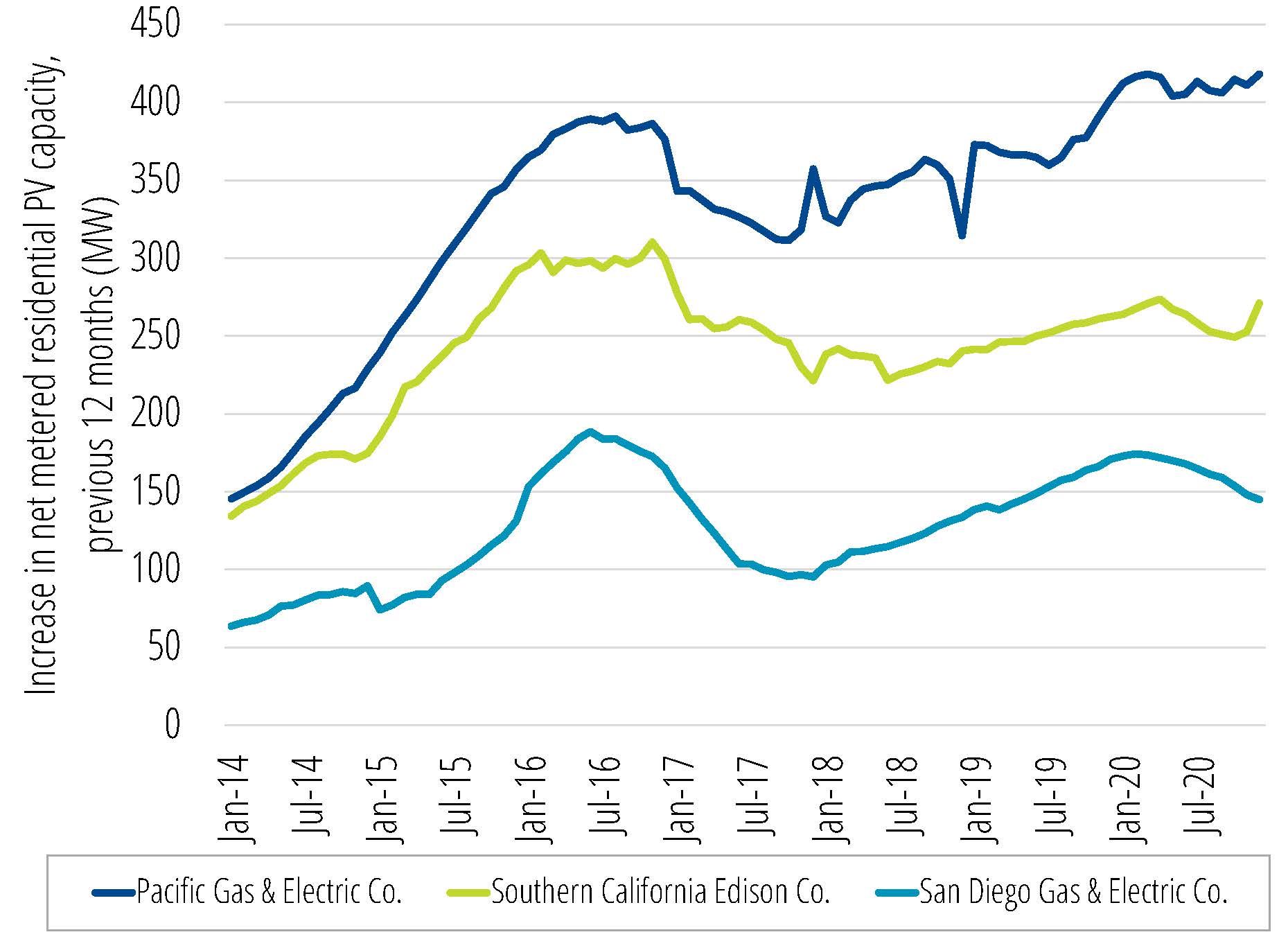
Reducing compensation to solar consumers reduces solar adoption – often dramatically.
- Utilities in California and elsewhere have pushed for several types of policy changes to reduce solar compensation, including reducing net metering rates and creating new fixed charges (either for solar customers only or all customers).
- A recent study of changes to net metering around the country commissioned by California’s three large IOUs concluded that “net metering reforms may have had a significant impact on residential solar adoption rates in several states.”[7]
- Would-be solar customers are sensitive to the expected financial performance of their investment. A 2014 study by researchers with the National Renewable Energy Laboratory (NREL) estimated that half of potential new residential solar consumers would be willing to consider solar if the payback period was six years or less. That percentage drops to 20% for payback periods of 10 years or more.[8]
The experience of California’s publicly owned utilities and other states around the country illustrates the impact of compensation changes on solar adoption.
- In Arizona, the Salt River Project adopted new fees and policies for rooftop solar that nearly doubled the payback time of solar projects. Researchers estimated that the policy change led to a decline in solar adoption of between 50% and 95%.[9]
- In Hawaii, ending net metering in 2015 led to a sharp slowdown in the state’s booming rooftop solar industry. Hawaii installed roughly half as much residential rooftop solar between 2015 and 2018 as it had in the previous three years, despite sharp declines in worldwide solar prices during that time.
- An attempt to roll back net metering in Nevada led to two years of instability and decline in the state’s solar market. A study filed by California’s IOUs as part of the current NEM 3.0 proceeding found that Nevada’s January 2016 cut to net metering compensation was followed by a 47% reduction in residential solar installations over the next year (compared with the 12 months preceding the change). The September 2017 restoration of net metering was followed by an increase in solar adoption that eventually led residential rooftop solar adoption to return to its earlier level.[10]
- Missouri had a nascent but growing solar market in the early 2010s, fueled by a system of rebates. The removal of those rebates caused the market to crash. New residential additions of rooftop solar in the territories of Missouri’s three major IOUs fell from 23 megawatts (MW) in the 12 months ending June 2014 to 7 MW in the ensuing 12 months – a decline of 70%.[11]
- Similar declines in solar adoption have followed rate changes at California’s publicly-owned utilities, which are not required to follow the CPUC net metering policies.
- The Imperial Irrigation District abandoned net metering in July 2016, causing residential solar installations to fall from a peak of more than 11 MW per year to less than 2 MW annually two years later – a decline of 88%.
- The Modesto Irrigation District reduced net metering compensation in January 2017. Over the course of the next year-and-a-half, residential solar installations fell from more than 6 MW per year to just over 2 MW – a decline of 64%.
- The Turlock Irrigation District ended net metering at the beginning of 2015. Within two years, annual residential solar installations had fallen from 3.5 MW to less than 1 MW – a decline of 74%.
Figure ES-3. Change in net metered residential solar capacity, previous 12 months[12]
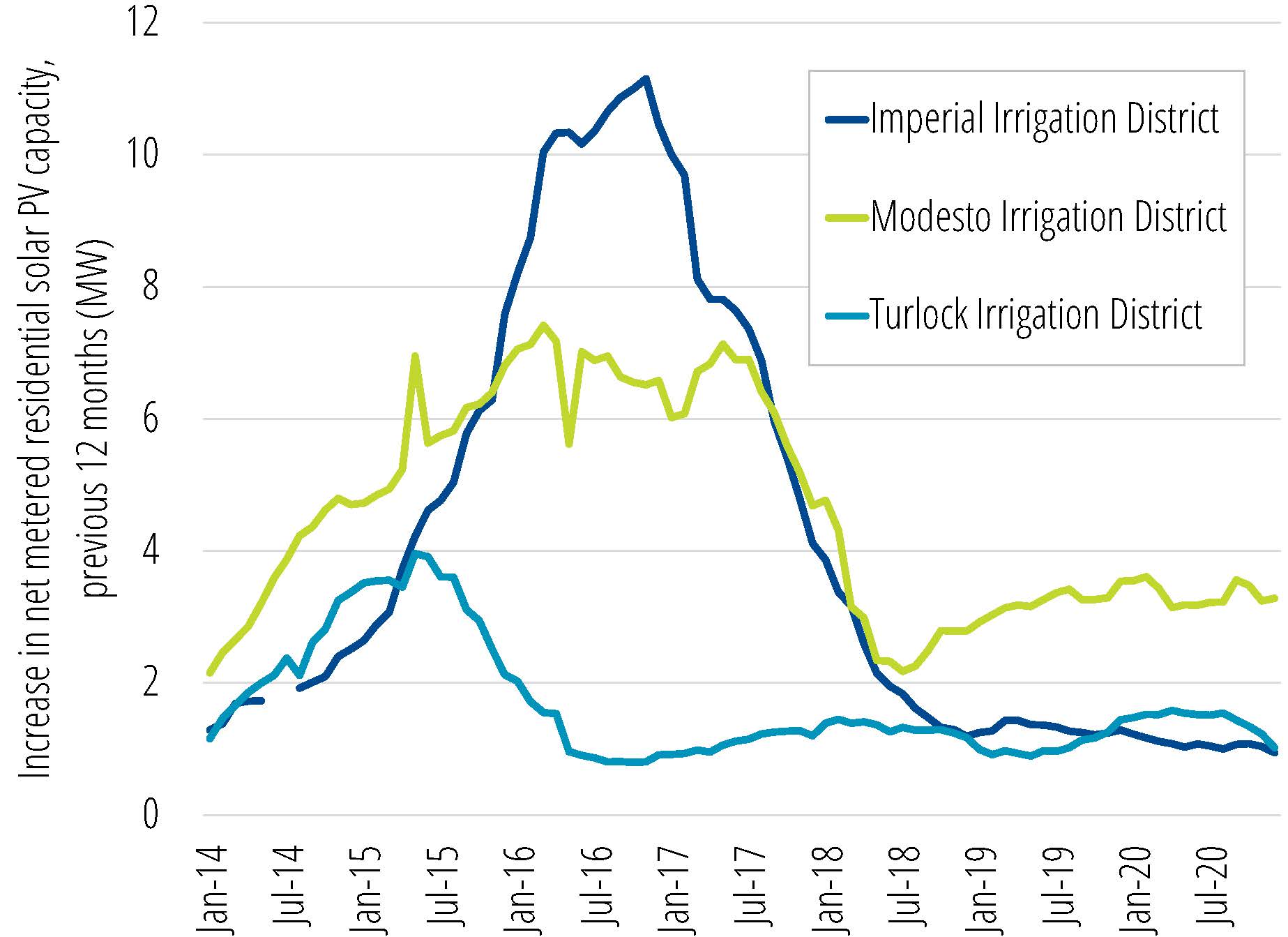
The CPUC must adopt a new version of net metering that assures the continued growth of rooftop solar in California.
- As California updates its net energy metering policy, it should ensure that the revised policy provides sufficient support to allow the undiminished growth of rooftop solar. Slower growth of distributed solar creates a risk that the state will not meet its climate and clean energy targets.
- California should seek to accelerate solar energy adoption on affordable and rental housing, including by allowing financing through utility bills and ensuring that solar owners who pay reduced rates are fully compensated for the power they provide to the grid.
- In addition, cities and counties should establish online automated permitting systems for standard onsite solar projects to speed up permit approvals and reduce “soft costs” resulting from installation delays, using systems like SolarAPP+ developed by the National Renewable Energy Laboratory.
Photo: Simone Hogan via Shutterstock
[1] Modeling conducted for the SB 100 Joint Agency Report assumes California will have 39 GW of customer-sited rooftop solar by 2045: California Energy Commission, California Public Utilities Commission and California Air Resources Board, 2021 SB 100 Joint Agency Report, 15 March 2021, p. 104, downloaded at https://www.energy.ca.gov/sb100; California had 10.5 GW of net metered rooftop solar as of the end of 2020: U.S. Energy Information Administration, Form 861-M Detailed Data: Net Metering (Excel file), downloaded from https://www.eia.gov/electricity/data/eia861m/, 23 April 2021; California would need to install 28.5 GW in 25 years, which is slightly greater than 1.1 GW/year; in 2020, California added 1.4 GW of net metered solar, per U.S. EIA Form 861-M as cited above.
[2] Historical: U.S. Energy Information Administration, Form 861-M Detailed Data: Net Metering, downloaded from https://www.eia.gov/electricity/data/eia861m/, 23 April 2021; projected: based on SB 100 RESOLVE Model Outputs, Total Resource Summary for SB 100 Core Scenario (Excel file), supplemental data to California Energy Commission, California Public Utilities Commission and California Air Resources Board, 2021 SB 100 Joint Agency Report, 15 March 2021, accessed at https://www.energy.ca.gov/sb100; projected figures based on linear interpolation between current, 2027, 2030 and 2045 results.
[3] Bryn Huxley-Reicher and Laura Deehan, Frontier Group and Environment California Research & Policy Center, The Environmental Case for Rooftop Solar Energy: Protecting California’s Climate and Land, July 2021, accessible at https://frontiergroup.org/reports/fg/environmental-case-rooftop-solar-energy.
[4] Small-scale PV capacity from U.S. Energy Information Administration, Form EIA-861M Detailed Data: Small Scale PV Estimate (Excel file), downloaded from https://www.eia.gov/electricity/data/eia861m/#solarpv, 9 May 2021. Data for Georgia were unavailable and therefore excluded; electricity consumption: U.S. Energy Information Administration, Retail Sales of Electricity by State by Sector by Provider (EIA-861) (Excel file), downloaded from https://www.eia.gov/electricity/data/state/, 16 June 2021.
[5] Eric O’Shaughnessy, State and Local Policy Impacts on the Residential Solar PV Installation Industry, National Renewable Energy Laboratory, January 2019, p. 12, archived at https://web.archive.org/web/20210521162146/https://www.nrel.gov/docs/fy19osti/72149.pdf.
[6] See Methodology.
[7] North Carolina Clean Energy Technology Center at North Carolina State University, A Review of Net Metering Reforms Across Select U.S. Jurisdictions, February 2021, p. 4, as part of: Steven W. Frank, Before the Public Utilities Commission of the State of California: Joint Proposal of Pacific Gas and Electric Company (U 39-E), San Diego Gas & Electric Company (U 902-E) and Southern California Edison Company (U 338-E): R.20-08-020, 15 March 2021, archived at https://web.archive.org/web/20210521142944/https://static1.squarespace.com/static/54c1a3f9e4b04884b35cfef6/t/605120343d32dd18332462a2/1615929399865/R.20-08-020_Joint%20Proposal_3.15.2021.pdf.
[8] Ben Sigrin and Easan Drury, “Diffusion into new markets: Economic returns required by households to adopt rooftop photovoltaics,” Energy Market Prediction: Papers from the Association for the 2014 Advancement of Artificial Intelligence Fall Symposium, 2013, archived at https://web.archive.org/web/20150509235825/http://www.aaai.org/ocs/index….
[9] Ana Dyreson et al., Effects of Salt River Project’s Demand-Based Rate Change on the Rooftop Solar Market in Maricopa County, Arizona, 2017, p. 35, archived at https://web.archive.org/web/20210321204254/https://emp.lbl.gov/sites/default/files/uwisconsin-srp_solar_event_study_final051117.pdf.
[10] See Figure 10. Source: U.S. Energy Information Administration, Form 861-M Detailed Data: Net Metering, downloaded from https://www.eia.gov/electricity/data/eia861m/, 23 April 2021.
[11] U.S. Energy Information Administration, Form 861-M Detailed Data: Net Metering, downloaded from https://www.eia.gov/electricity/data/eia861m/, 23 April 2021.
[12] Ibid.
Topics
Authors
Tony Dutzik
Associate Director and Senior Policy Analyst, Frontier Group
Tony Dutzik is associate director and senior policy analyst with Frontier Group. His research and ideas on climate, energy and transportation policy have helped shape public policy debates across the U.S., and have earned coverage in media outlets from the New York Times to National Public Radio. A former journalist, Tony lives and works in Boston.
Bryn Huxley-Reicher
Former Policy Analyst, Frontier Group
Laura Deehan
State Director, Environment California Research & Policy Center
Laura directs Environment California’s work to tackle global warming, protect the ocean, and stand up for clean air, clean water and open spaces. Laura served on the Environment California board for two years before stepping into the state director role. Most recently, she directed the public health program for CALPIRG, another organization in The Public Interest Network, where she led campaigns to get lead out of school drinking water and toxic chemicals out of cosmetics. Prior to that, Laura ran Environment California citizen outreach offices across the state and, as the Environment California field director, she led campaigns to get California to go solar, ban single use plastic grocery bags, and go 100 percent renewable. Laura lives with her family in Richmond, California, where she enjoys hiking, yoga and baking.
Find Out More

Recording of Rooftop Solar on the Rise webinar
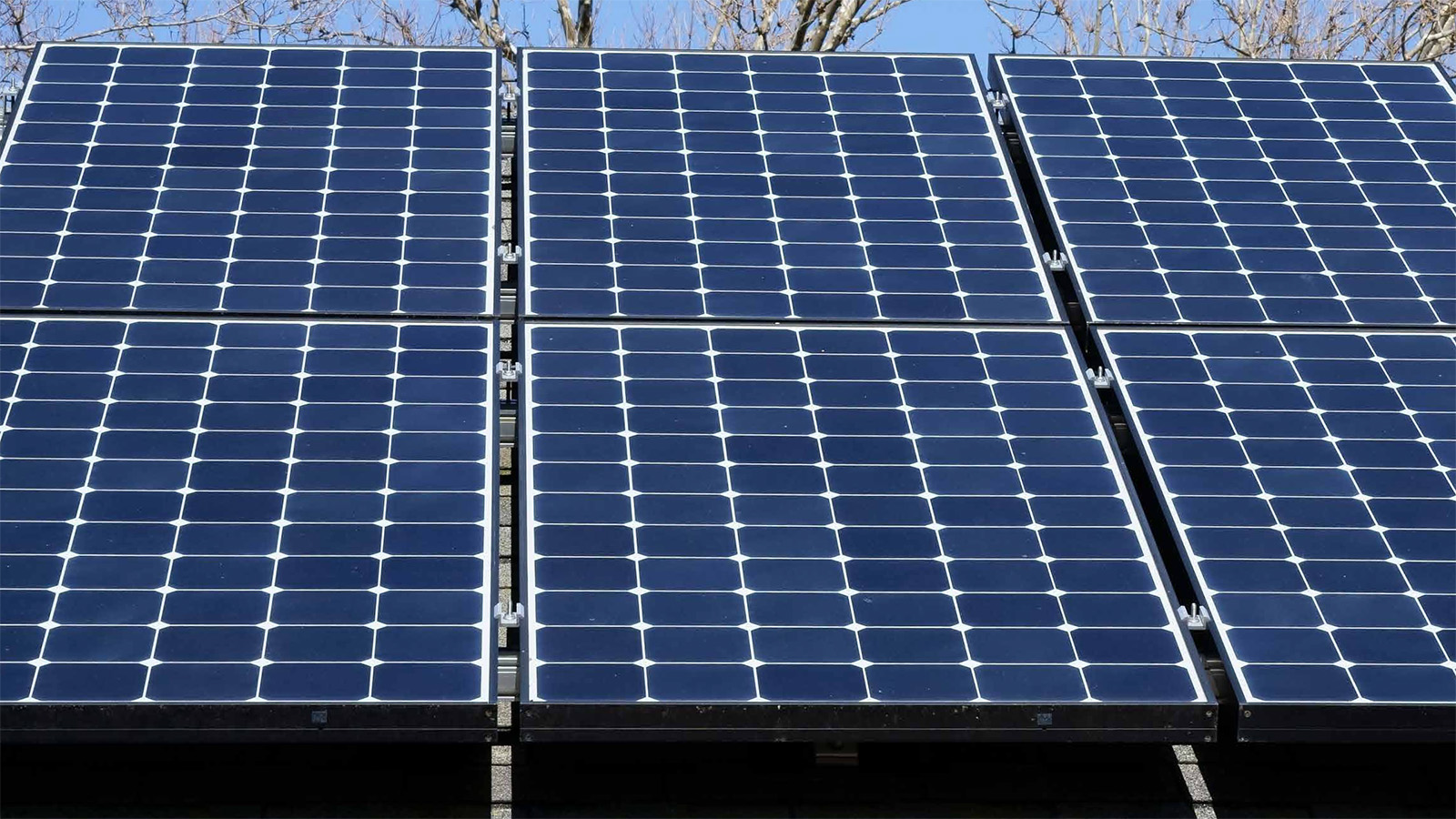
Rooftop solar on the rise
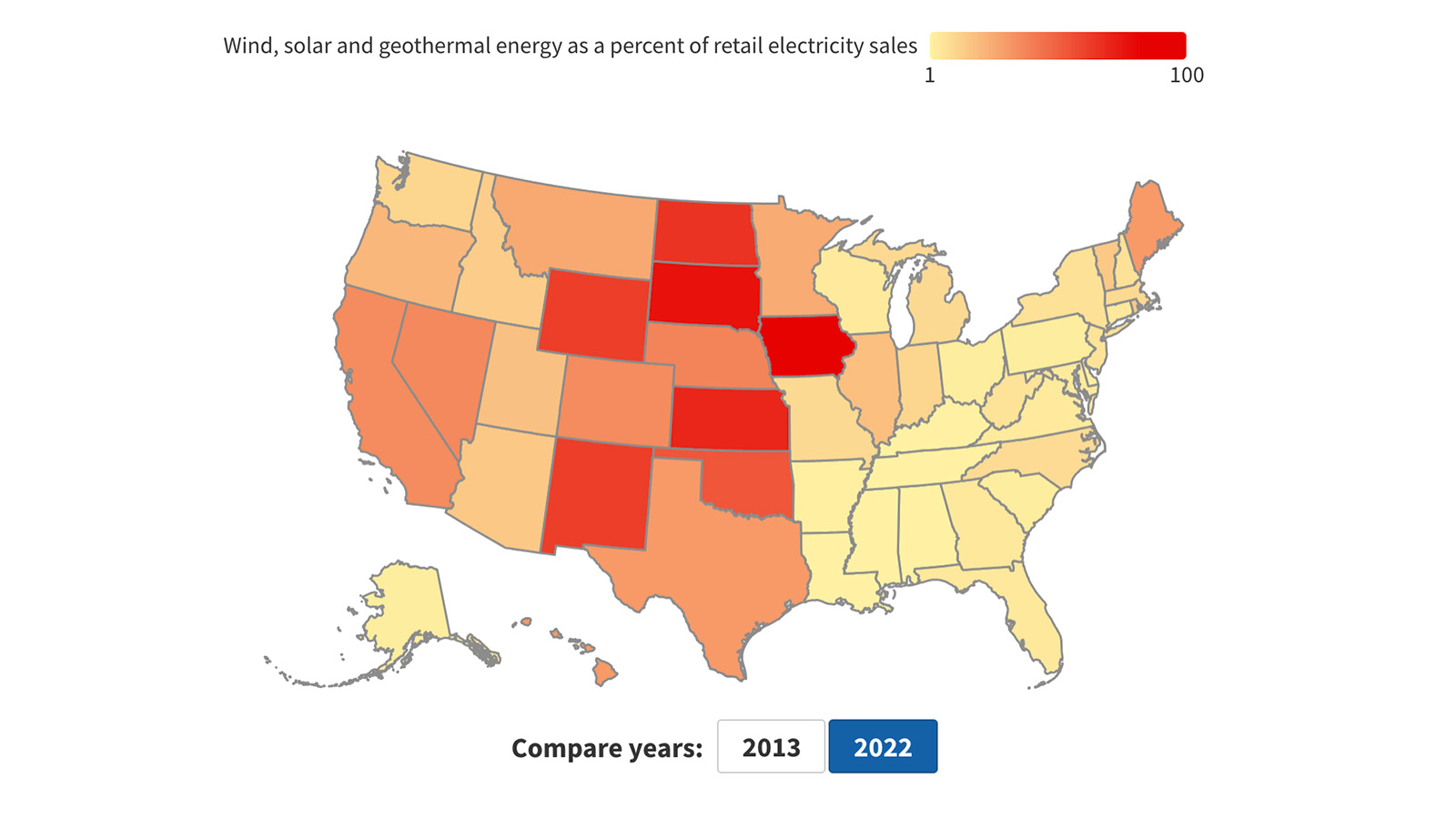
Renewables On The Rise Dashboard



